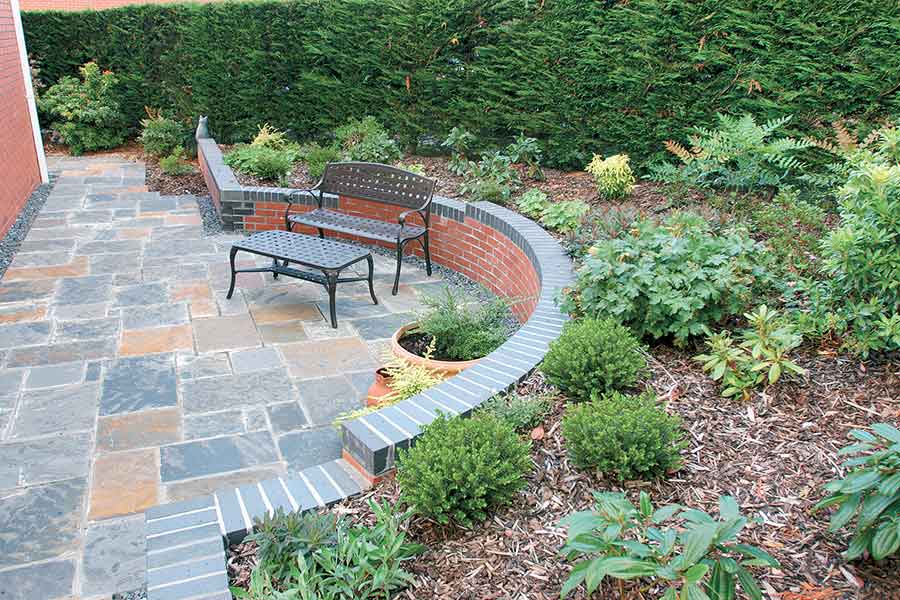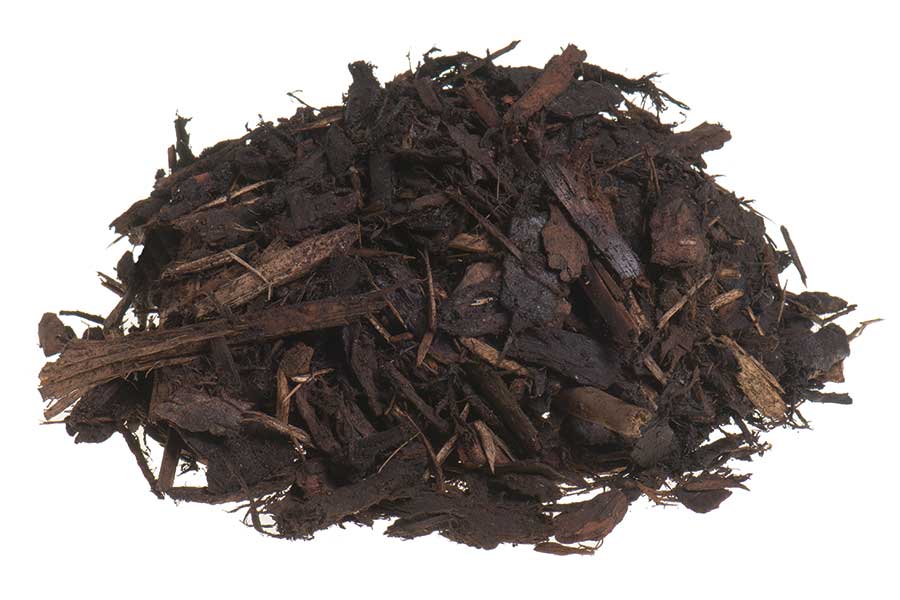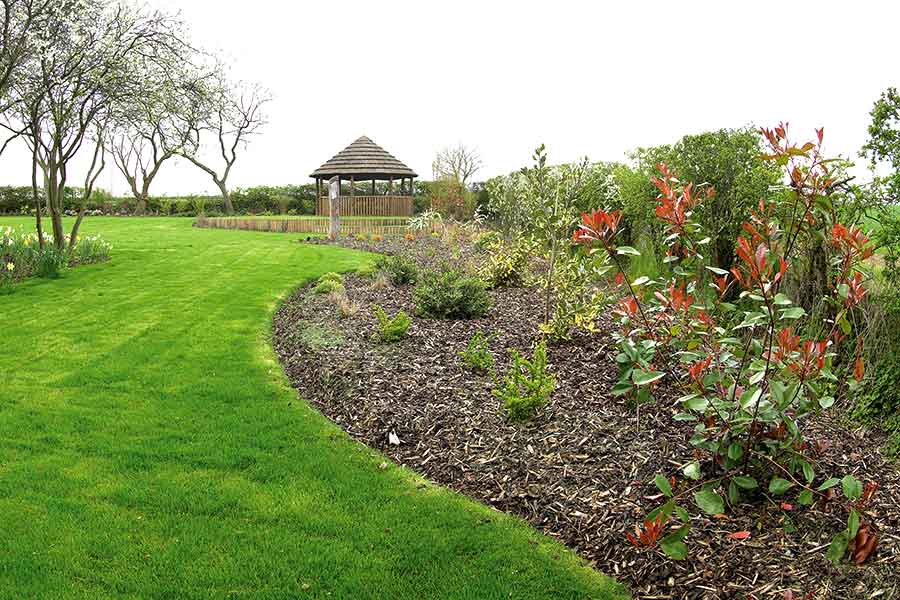How to Use Mulch in Your Garden
Generally used to improve soil around plants, mulch can also help to keep your garden neat and tidy and reduce the amount of time you need to spend watering and weeding. In the summer months, mulches help your soil retain water, and protect the roots of your plants and stop weeds from growing in the winter.

What are mulches?
Mulches are loose coverings or sheets of material placed on the surface of cultivated soil. There are two types – biodegradable and non-biodegradable. Biodegradable mulches break down gradually, releasing nutrients into the soil. Some of the best materials are leaf mould, garden compost, wood chippings and processed conifer bark. Non-biodegradable mulches don’t boost the structure of the soil, but they supress weeds, conserve moisture and some can have a decorative look. These materials include slate, shingle, pebbles, gravel and other decorative aggregates.

The benefits of mulching
Depending on the type of mulch, it offers many benefits to your garden, including the following:
- Supress weeds
- Retain soil moisture in the summer
- Improve texture of soil
- Deter pests
- Protect plant roots in extreme temperatures
- Encourage beneficial soil organisms
- Provide a barrier for edible crops coming into contact with the soil
- Give a decorative finish
It’s important to only use the best quality mulch to gain these benefits. At AWBS, we source only the very best mulches that are designed to avoid the possibility of introducing weeds, pests and diseases to your garden, which can often be the case will low-grade mulches.
When should you use mulch and how?

The best time to apply mulch is between mid to late spring and autumn, as this is when the soil is moist and warm. During winter and early spring it’s best to avoid mulching as the soil is too cold, and in the summer the soil will be too dry. You can apply mulch around new plantings or established beds.
You can entirely mulch beds or borders, but take care not to smother any low-growing plants or pile mulches too high up against the stems of woody plants. Remove any weeds – including their roots – before you lay mulch, when the soil is moist and not frozen. To be effective, biodegradable mulches need to be at least 5cm thick and ideally 7.5cm.
Tips for using mulch
Mulches pose very few problems in a garden, as long as you are using a high-quality product and you lay it correctly. Here are a few things to consider:
- Avoid laying mulches in direct contact with tree stems or specimen shrubs as they can soften the stems, making them vulnerable to diseases.
- Once you’ve added mulch to your soil, you’ll need to water it more to reach the roots of the plants beneath.
- You can still apply fertiliser over mulch in late winter, as the rain will wash it down to the roots of the plants.
- Only replace mulches when they have completely rotted away, as if they build up they create a hard layer, which makes it difficult for water to penetrate.
- Sometimes the white fungal mycelium of saprophytic fungi can be found in soil that has been covered with mulch. However, this is harmless and there’s no need to remove it.
For more advice on using mulch in your garden or to find out about the AWBS range of mulches, please contact us or visit your local AWBS branch at Oxford, Yarnton or Swindon.


